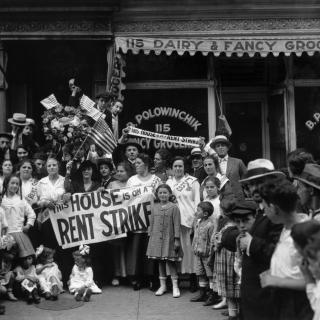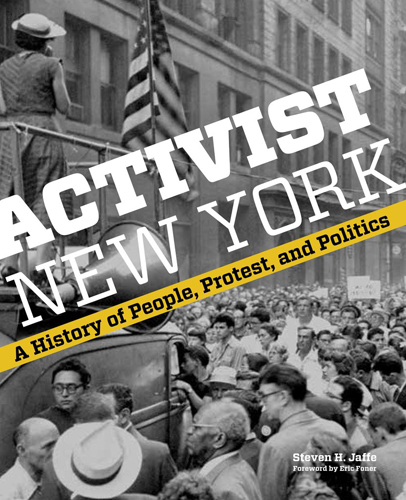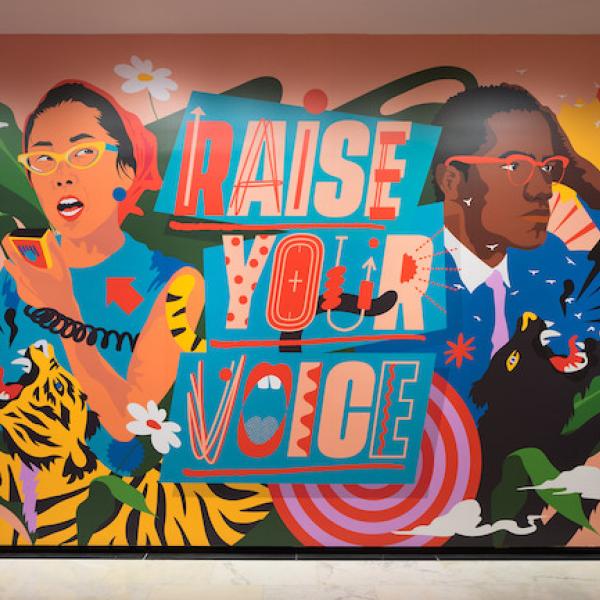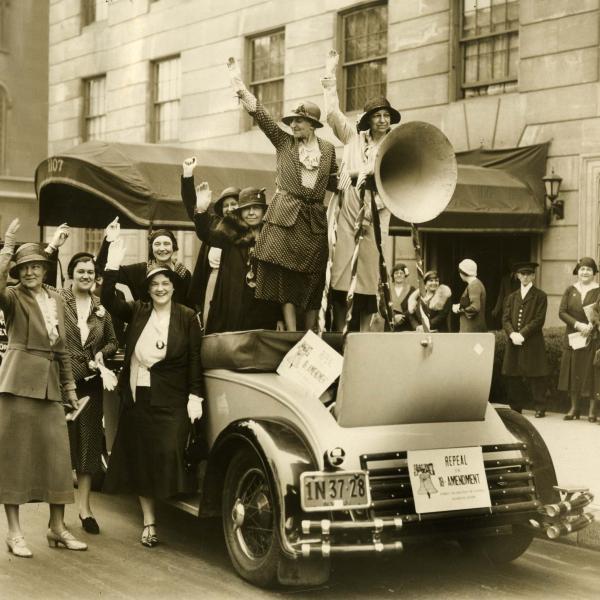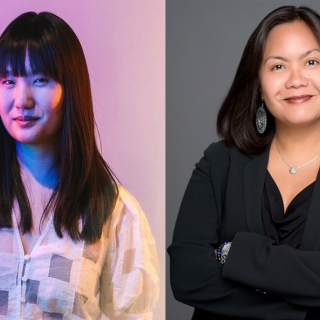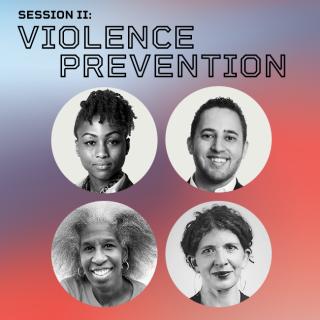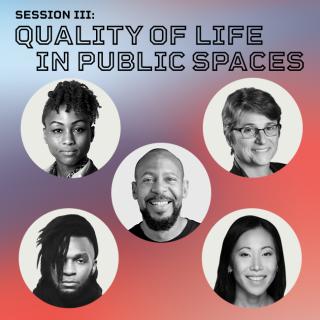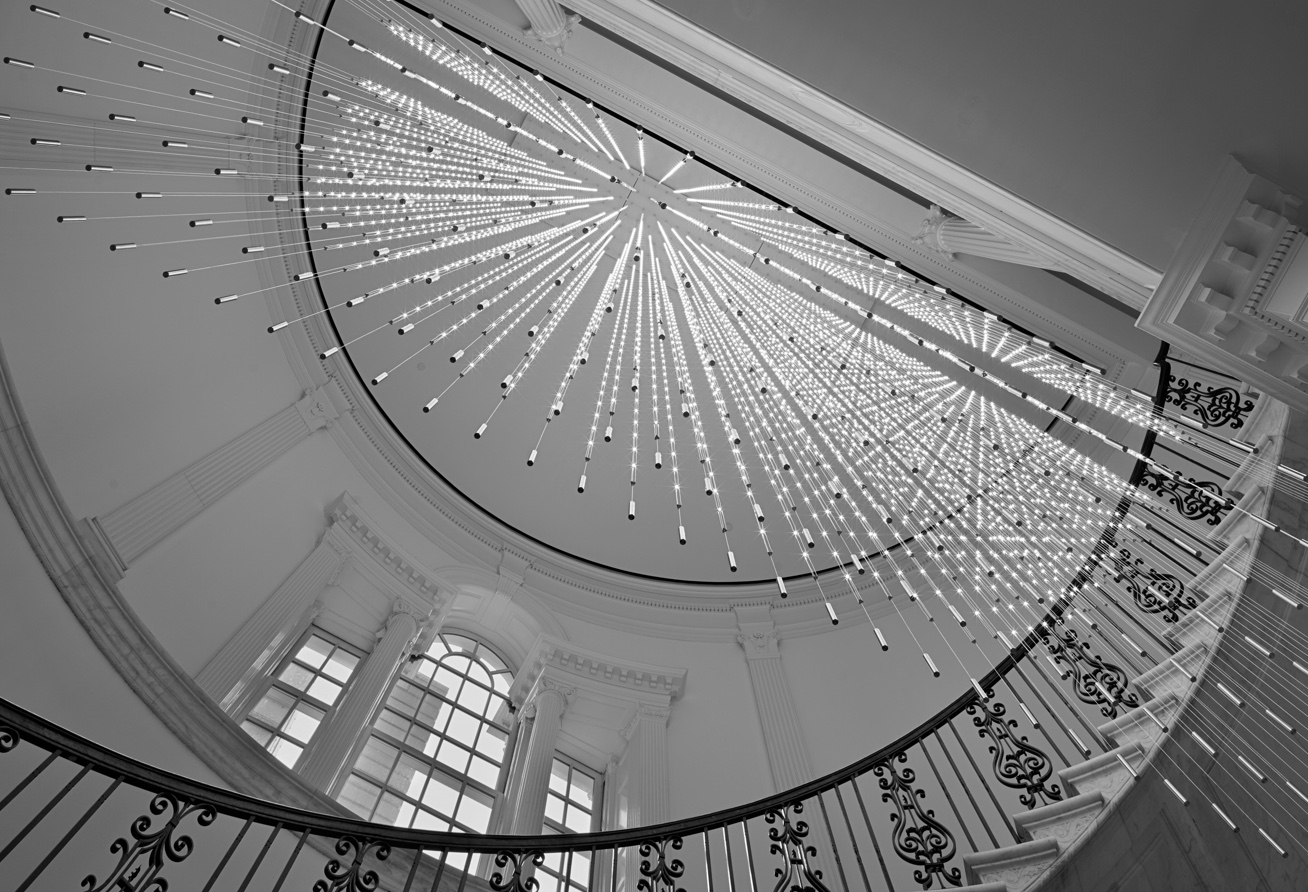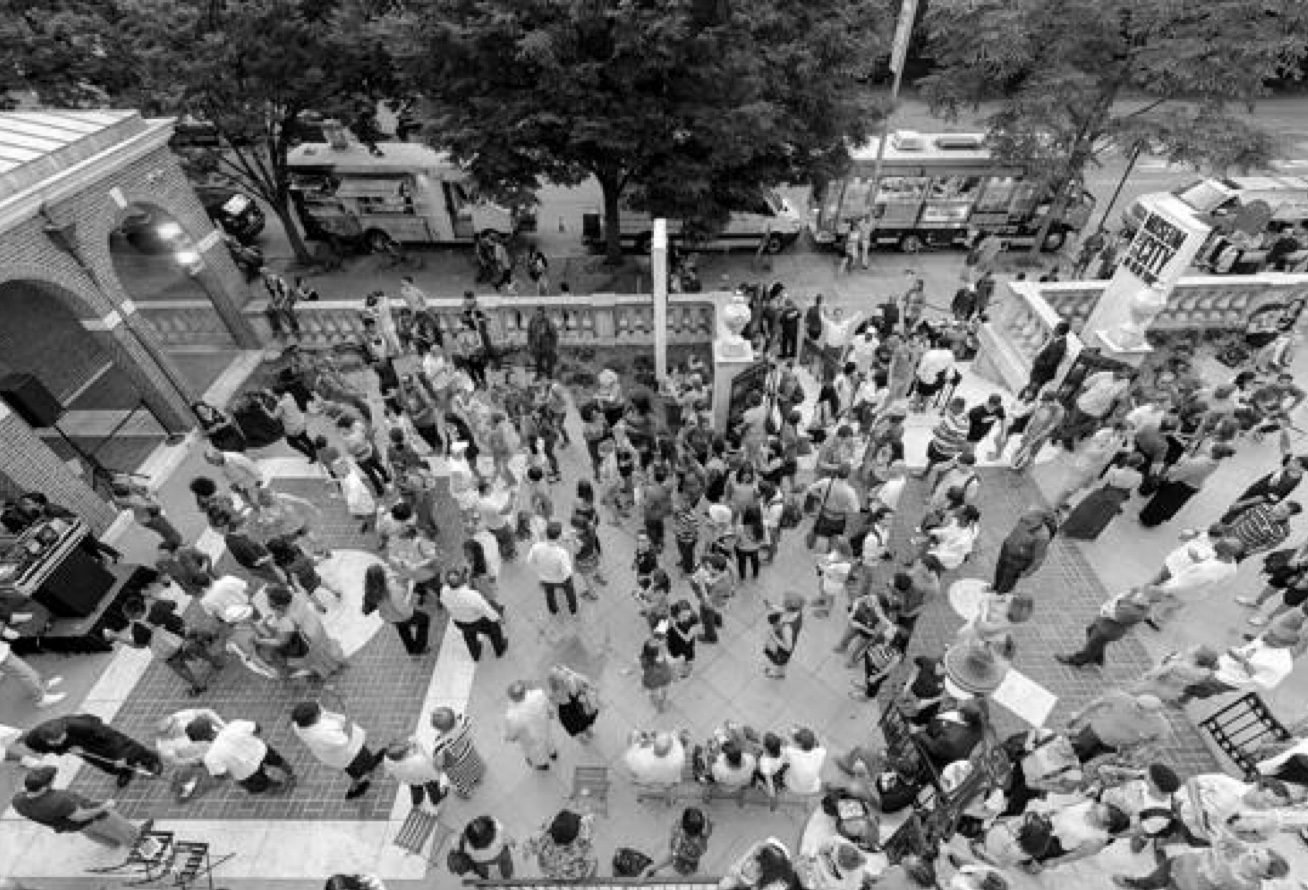Activist New York
Ongoing

Back to Exhibitions
Explore the drama of social activism in New York City from the 17th century right up to the present.
In a town renowned for its in-your-face persona, New Yorkers have banded together on issues as diverse as civil rights, wages, sexual orientation, and religious freedom. Using artifacts, photographs, audio and visual presentations, as well as interactive components that seek to tell the story of activism in the five boroughs past and present, Activist New York presents the passions and conflicts that underlie the city's history of agitation.
Learn more about our latest and newest case study, Housing Activism: Rent Strikes and Tenant Mobilizations, 1908–1939.
Celebrating ten years of Activist New York at the Museum of the City of New York
Over a decade ago, Perry Rosenstein approached the Museum of the City of New York with a unique vision for a designated gallery on activism. The child of immigrants, Perry was a former organizer, veteran, and business owner. He had also mobilized against racism and fascism, and supported artists, journalists, and the environment as Founder and President of the Puffin Foundation. This lifelong activism and philanthropy planted the seeds for Activist New York, which, with the support of the Puffin Foundation, opened in May 2012 as an evolving exhibition with 14 rotating modules exploring a range of activist stories in New York City—both past and present. Since its opening, the exhibition has also provided invaluable content for the Museum’s educational and public programming while serving thousands of students, educators, and learners of all ages. Take a look at some of the highlights from these past ten years as we explore the far-reaching impact of this exhibition.
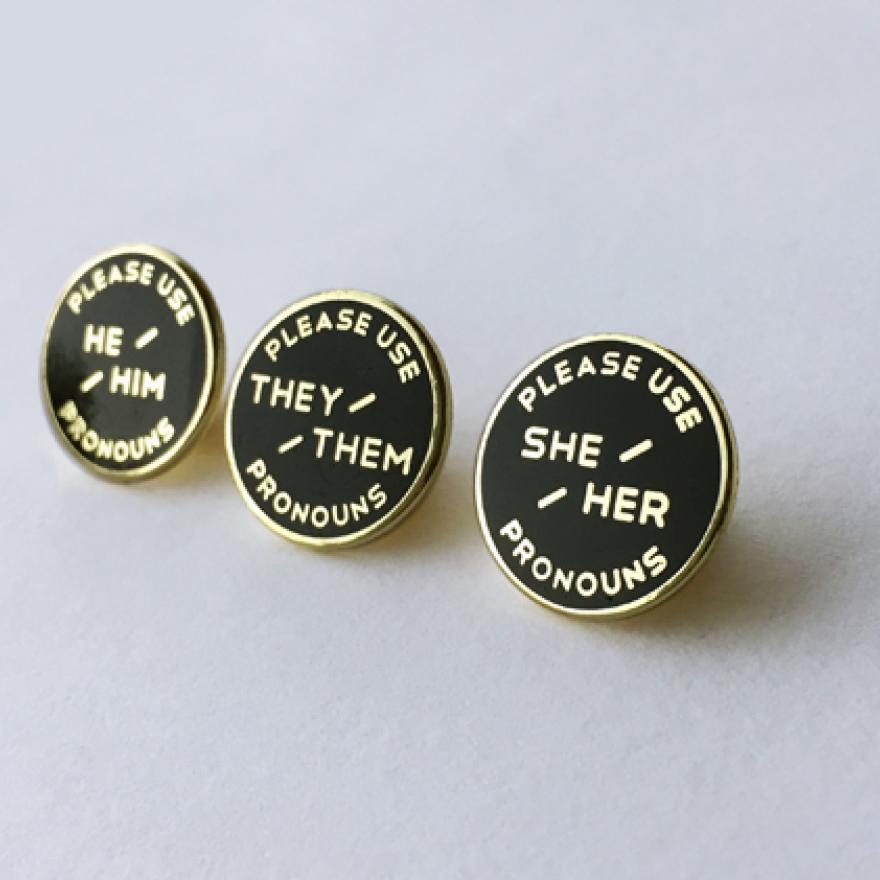

Trans activists have emphasized connections among gender identity, legal protections, and language. Activists have mobilized to ensure that gender pronouns are not assumed, maintaining that how we speak to each other relates to how we treat each other, and that misgendering someone can cause harm.
Image Info: 2018, black enamel and gold-plated brass Courtesy Gamut Pins
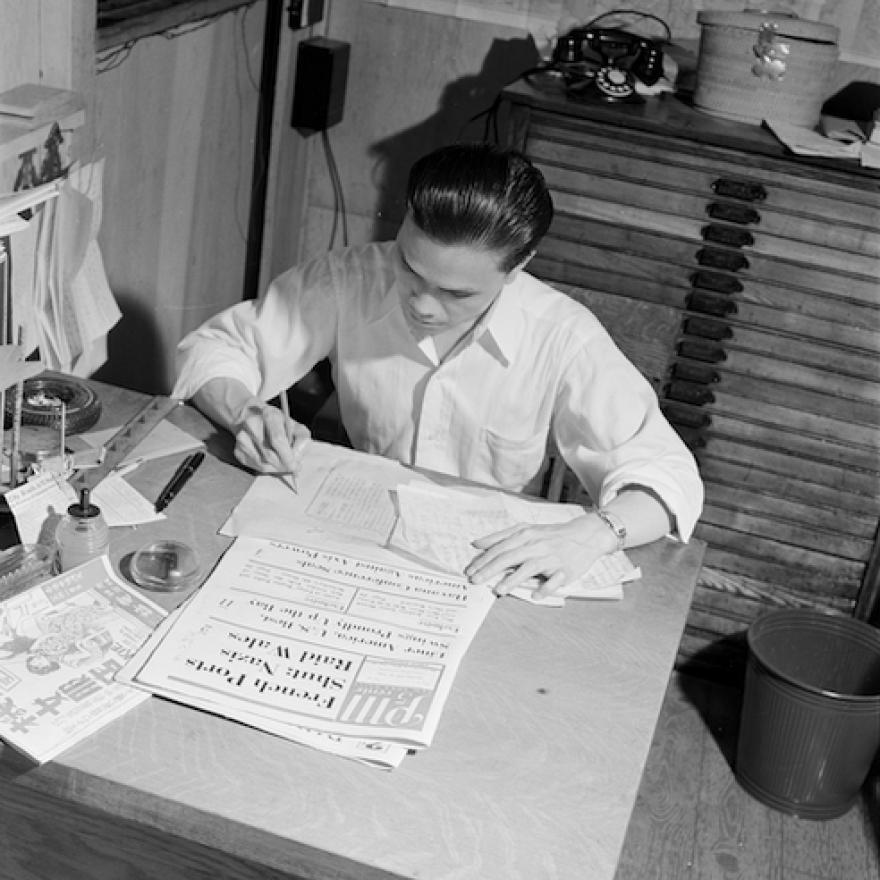
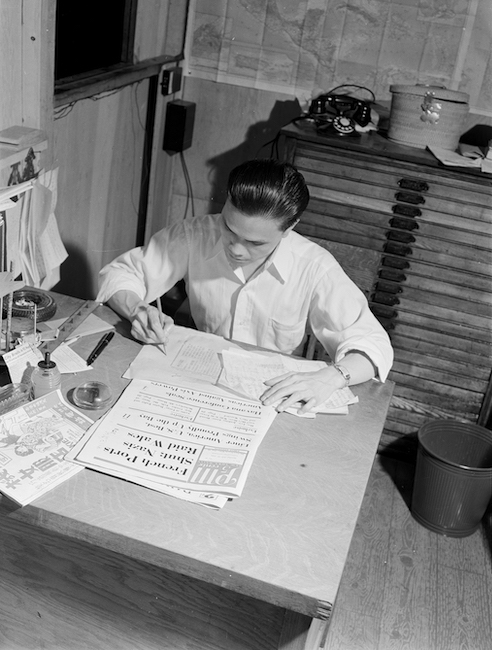
Eugene Moy, editor-in-chief of China Daily News, played an important role in the political struggles of Chinatown in the 1940s. In March 1952, Moy, a US citizen, was prosecuted for violating the Trading with the Enemy Act and sentenced to time in jail.
Image Info: Alexander Alland, ca. 1940, Museum of the City of New York, 94.104.215
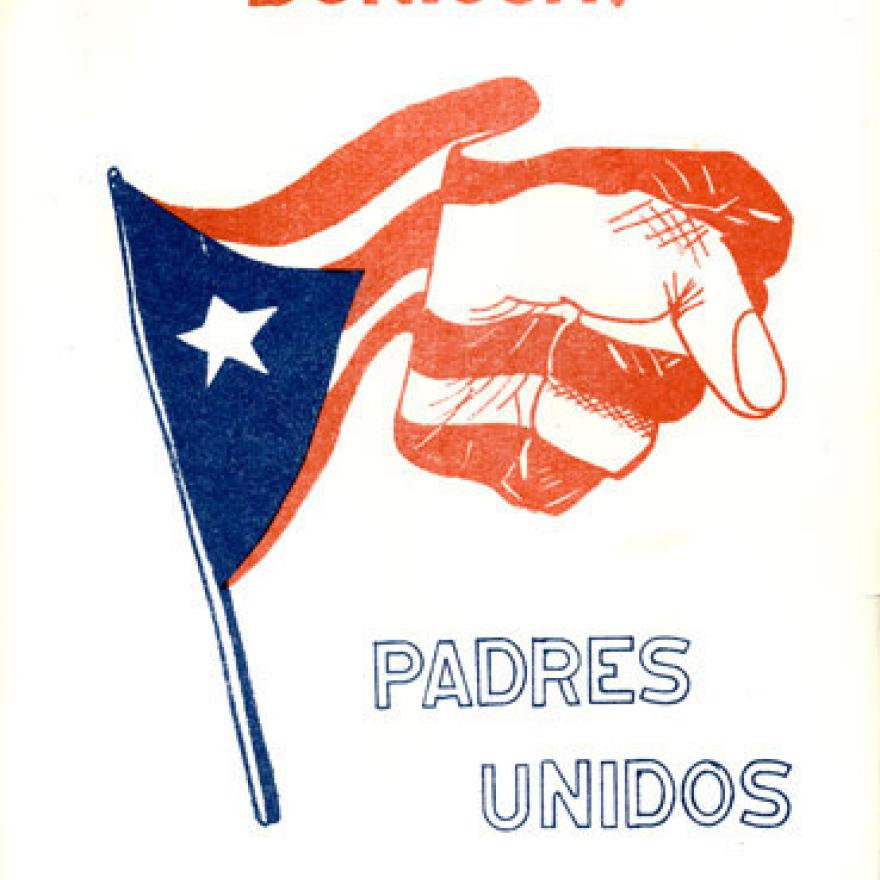
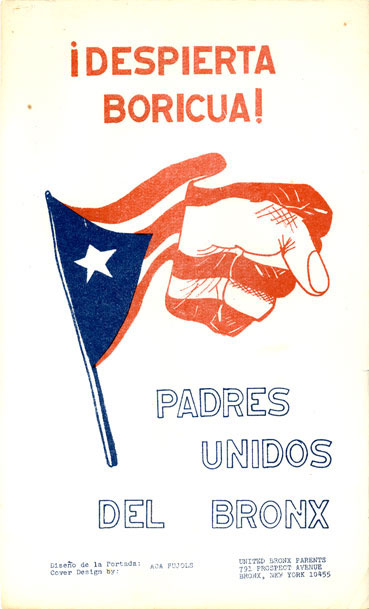
United Bronx Parents was founded by Evelina López Antonetty in 1965 as an education reform organization focused on mobilizing Puerto Rican parents and children. By the 1980s, the group also provided a range of services and programs to the South Bronx community.
Image Info: United Bronx Parents, 1967, Courtesy the United Bronx Parent Records, the Archives of the Puerto Rican Diaspora, Center for Puerto Rican Studies, Hunter College, CUNY.

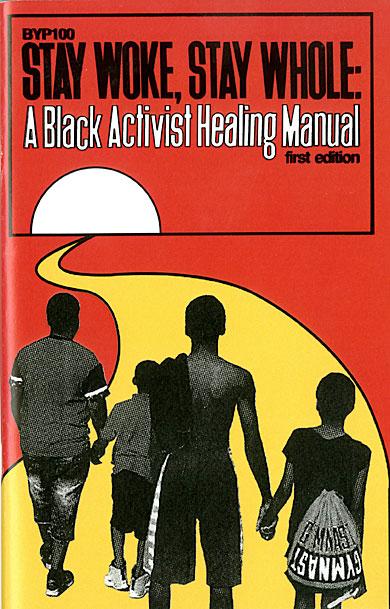
Space for self-care and healing have become central components of the Movement for Black Lives. These initiatives intend not only to create safe spaces and new restorative modes of activism, but also to address the physical stress of racism and the disproportionately poor health outcomes of people of color.
Image Info: Black Youth Project 100, Cover by Fresco Steez, 2017, Courtesy Chris Harris.
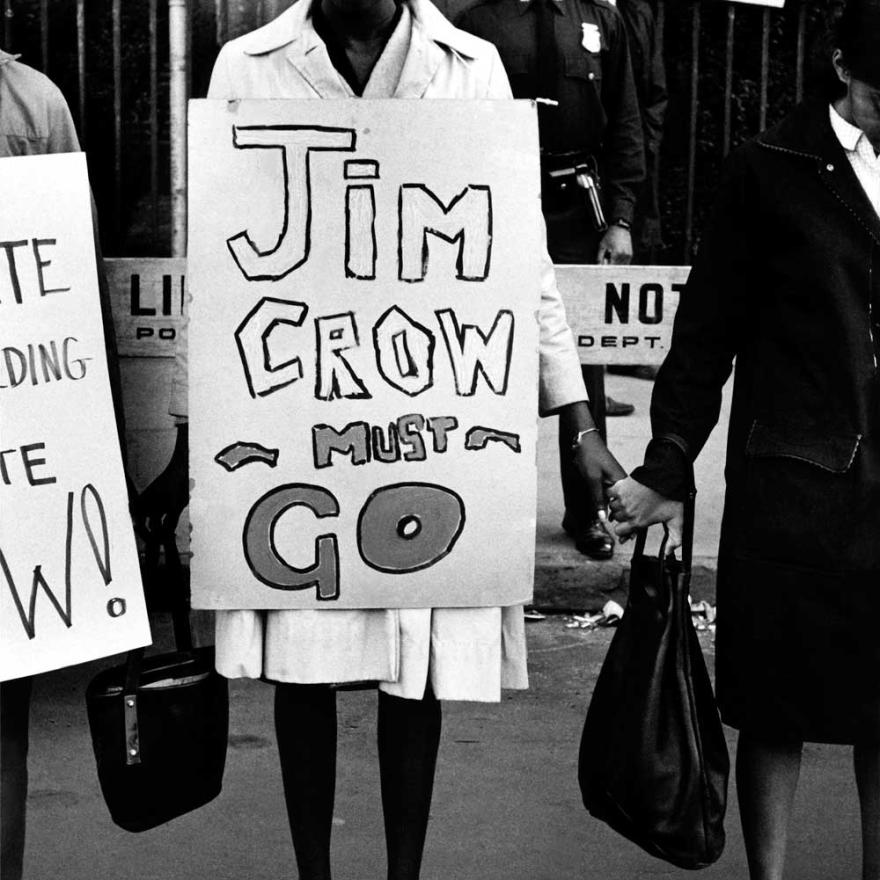
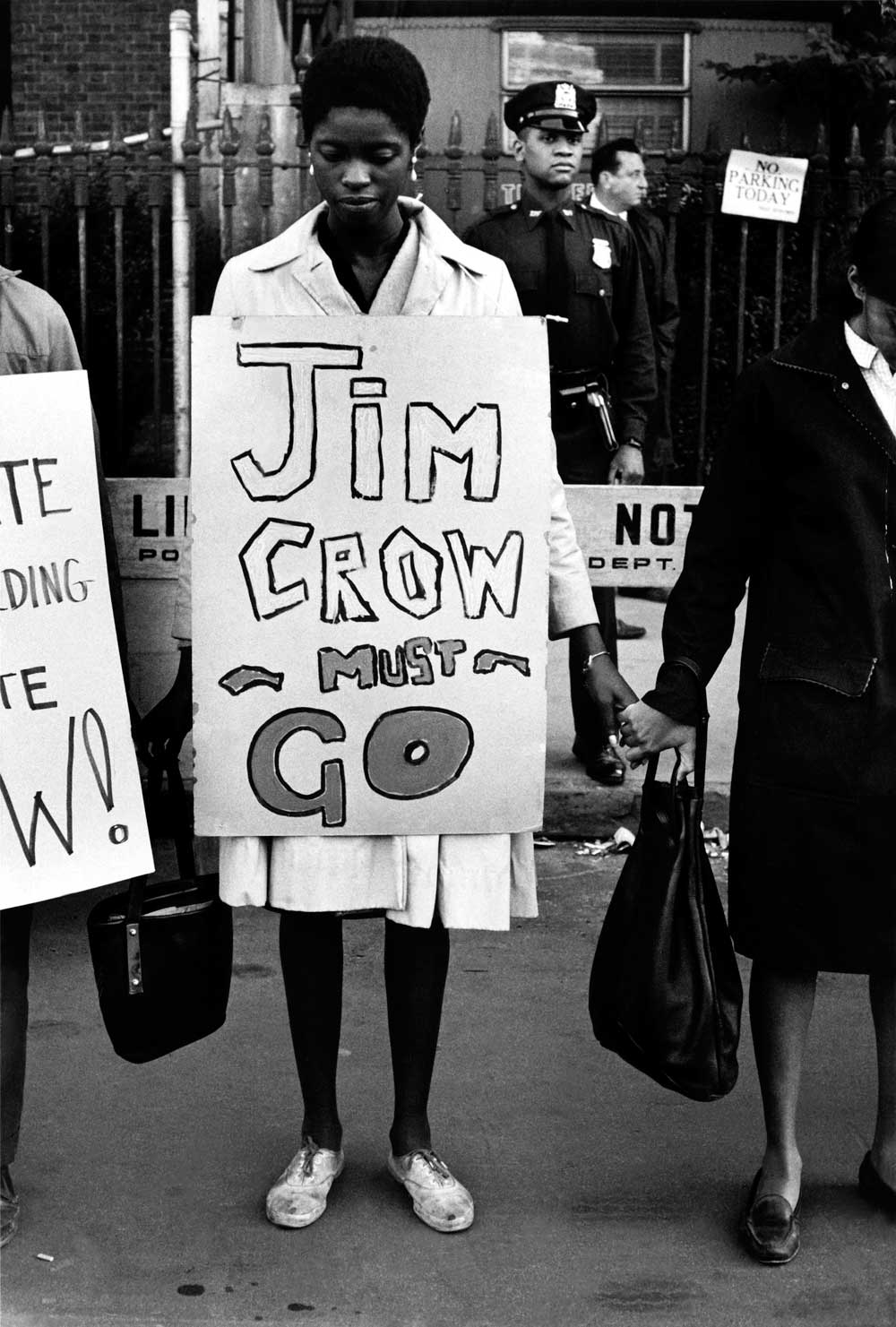
While a “Jim Crow” system of legal segregation is often thought of as unique to the American South, federal and local policies that shaped housing, employment, and schools made discrimination pervasive in New York and other northern locales.
Image Info: Bruce Davidson, 1962, © Bruce Davidson/Magnum Photos.
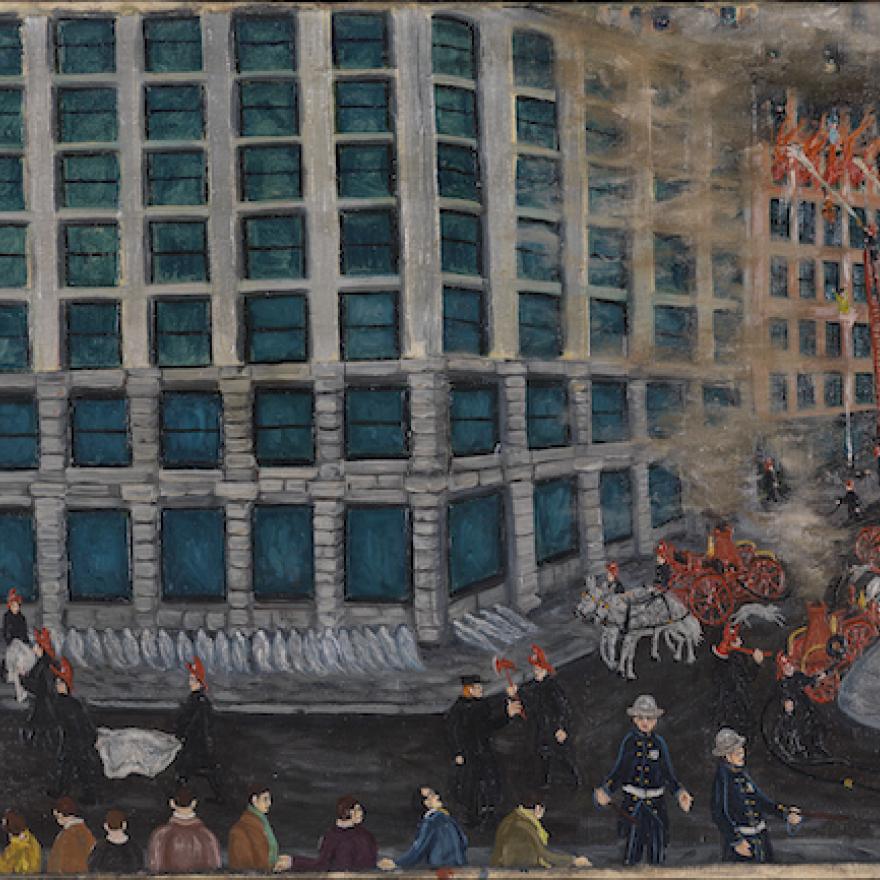
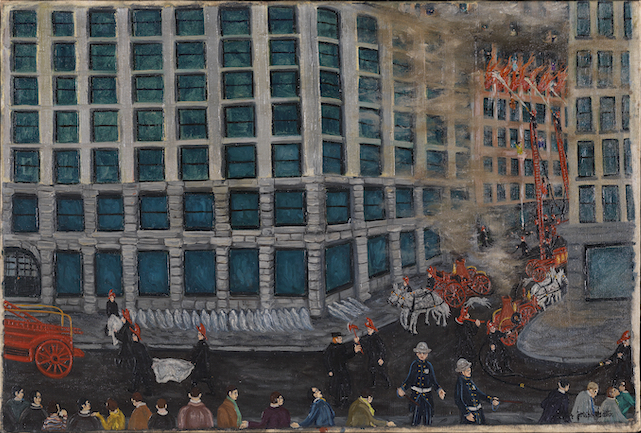
When an accidental fire raced through the top three stories of the Triangle Waist Company factory in Greenwich Village, 114 blouse makers were killed, and workplace safety measures labor activists had long called for were enacted.
Image Info: Victor Joseph Gatto, 1944-1945, oil on canvas, Museum of the City of New York, Gift of Mrs. Henry L. Moses, 54.75.
Supporters
Activist New York and its associated programs are made possible by The Puffin Foundation, Ltd.

Activist New York is the inaugural exhibition in The Puffin Foundation Gallery, which is dedicated to the ways in which ordinary New Yorkers have exercised their power to shape the city's and the nation's future.
In-Depth Stories
Yuri Kochiyama and Malcolm X
Activists Yuri Kochiyama and Malcolm X, subjects of the installation "Raise Your Voice" at the Museum of the City of New York, had brief but important connections as part of their work in the Black and Asian American liberation movements and beyond.
The New York Women Who Dismantled Prohibition
Women have been considered some of the most visible advocates of the temperance movement, but did you know that women were also some of the most active opponents of the 18th amendment?

